Rumor: 'iWatch' to sport curved OLED touchscreen, Apple 'confident' and building up to 5M per month
Apple's fabled iWatch is likely to launch in October, a new report claims, sporting a curved organic light-emitting diode touchscreen and collecting health-related data ranging from sleep activity all the way to blood oxygen levels.
Apple is said to appear very "confident" in the product, with plans to build 3 million to 5 million units per month, according to Nikkei. If true, that would exceed the total worldwide sales of smart watches estimated to have been sold in the entirety of 2013.
To put the numbers in perspective, Apple sold 14.8 million iPads in that product's first 12 months — a number considered to be a rousing success.
In addition to sleep activity and blood oxygen levels, the report claims the wrist-worn device will also track calorie consumption and blood glucose, and will allow users to read messages from their connected iPhone. Apple is also said to have partnered with the Mayo Clinic and the Cleveland Clinic to analyze collected data and find ways to make it more useful for users.
The report also suggests that Nike's anticipated exit from the wearable devices market will mean a closer partnership with Apple on the so-called "iWatch." It was said that Nike is looking to focus more on services and less on building hardware.
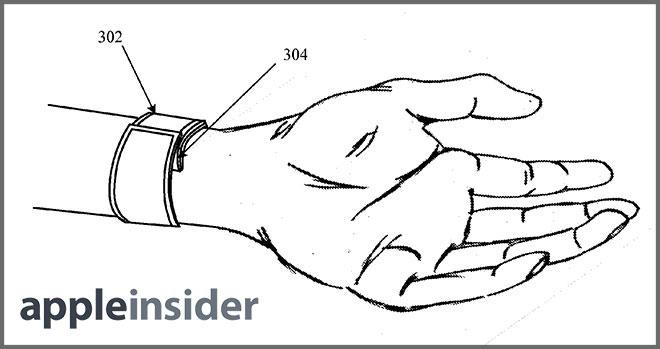
AppleInsider was first to discover an Apple patent filing describing a watch design with flexible display.
The "iWatch" is rumored to run a version of Apple's iOS mobile operating system. The latest version of that platform, iOS 8, was unveiled at this week's Worldwide Developers Conference.
Apple has been rumored to be interested in OLED displays for years, but as of yet the company has stuck with LCD panels with in-plane switching. Still, the company has a number of OLED-related patents to its name, including dynamic brightness adjustment and improved power efficiency. The company also hired away a senior OLED researcher from LG Display.
In an OLED screen, each pixel is made of an organic compound that emits light when electrical current is passed through it. Because of this design, OLED panels don't require a backlight, making them thinner and lighter than traditional LCD-based panels and adding the potential to be folded or curved.
The inclusion of a flexible OLED would allow for a more form-fitting design in which the screen could curve with the contours of the wearer's wrist, rather than sitting flat on the top.
Friday's report isn't the first time that Apple has been rumored to use flexible OLED displays for its anticipated smart wrist accessory. One report in January claimed that LG would manufacture such screens for Apple in time for a late 2014 launch.
 Neil Hughes
Neil Hughes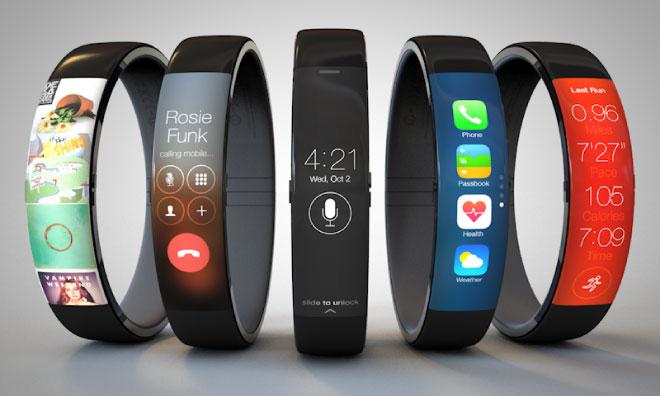
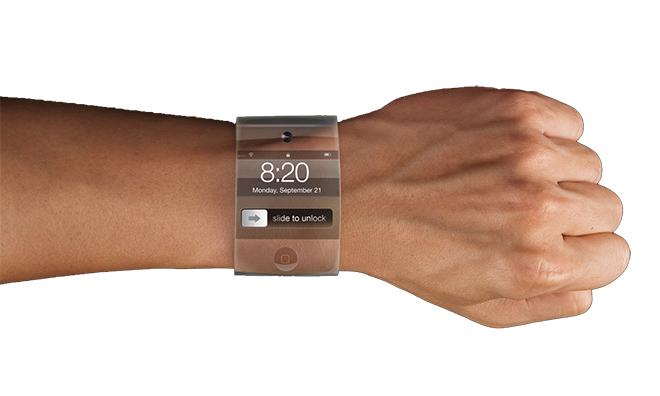














 Amber Neely
Amber Neely
 Thomas Sibilly
Thomas Sibilly
 AppleInsider Staff
AppleInsider Staff
 William Gallagher
William Gallagher
 Malcolm Owen
Malcolm Owen
 Christine McKee
Christine McKee

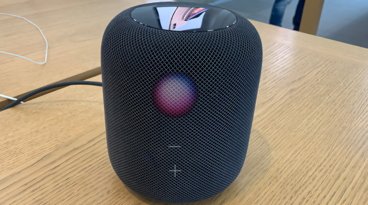
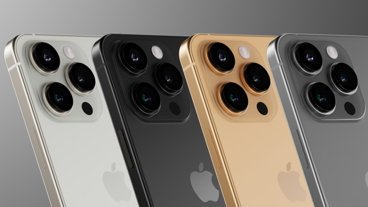






45 Comments
My theory here is that Apple have worked out a way to curve a round screen in BOTH directions. Just a subtle curve, but imagine a slight convexed domed sapphire glass watch, where the screen behind tracks that shape - it would be beautiful.
[I]Apple is said to appear very "confident" in the product, with plans to build 3 million to 5 million units per month, according to Nikkei. If true, that would exceed the total worldwide sales of smart watches estimated to have been sold in the entirety of 2013.[/I] When I read this, an immediate thought was Samsung will claim to have shipped two-three times that number of smart watches. As I wrote this reply, I smiled about Strategy Analytics, IDC, Gartner and others finding white box watches that can be somehow be called smart watches in attempts to make certain Apple is perceived to be lagging the competition. Oh well. Happy Friday!
Track blood glucose but not continuously measure. There is presently no available non invasive technology that can reliably measure blood glucose on a continous basis. Technology that can measure glucose on a continous basis need frequent calibration which kind of defeats the point.
Bull.
Still won't wear a watch or any wrist strapped device. If I can clip it on someplace, great. Otherwise I won't wear it. I'm hoping this device is more like the 5th gen iPod nano that has a clip but could be used as a watch. To me that tackles a much broader user-base.